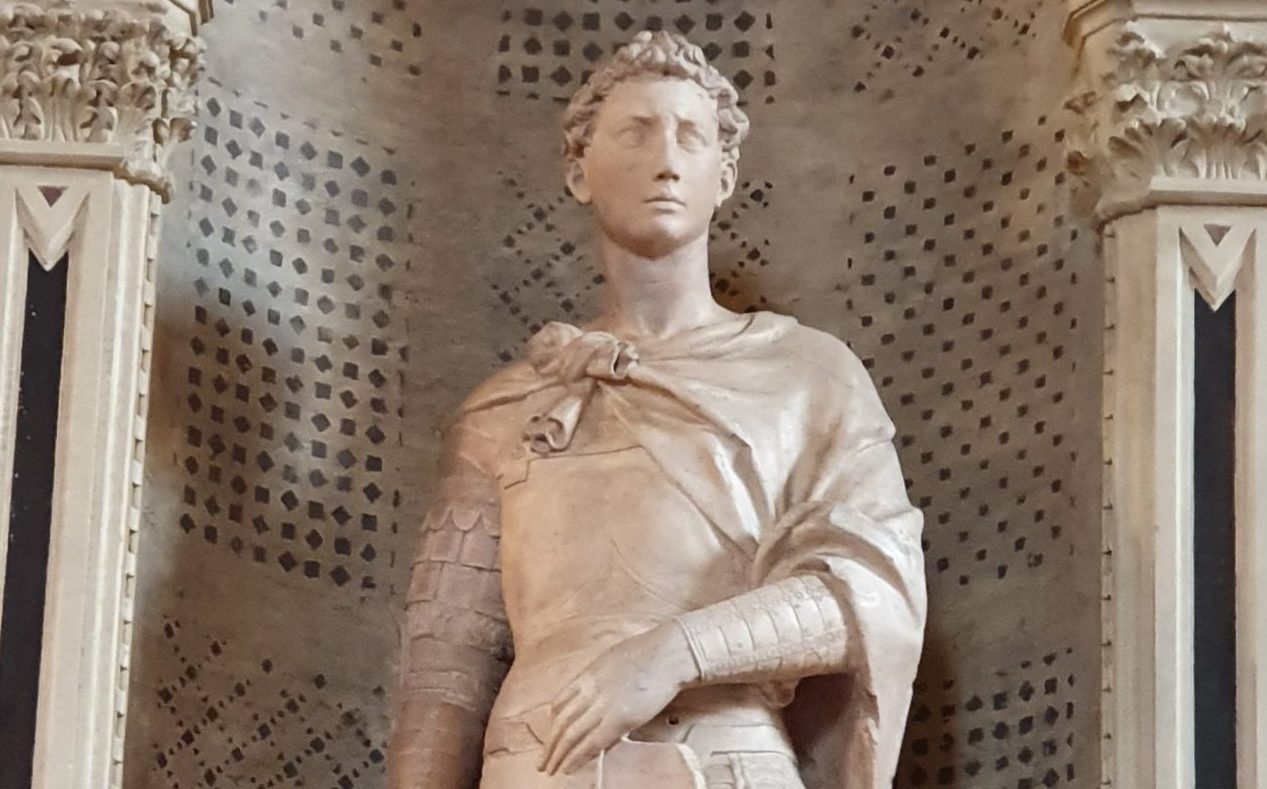
Saint George by Donatello (detail), 1415-1417. Photo by Yair Haklai, CC BY-SA 4.0
This article was originally published on The European Intelligencer.
The Renaissance period, spanning from the 14th to the 17th century in Europe, marked a significant cultural and artistic rebirth. Sculpture during this era underwent a remarkable transformation, reflecting the revival of classical ideals and a renewed interest in the human form. The aesthetics of Renaissance sculpture are characterized by a profound emphasis on realism, balance, and the celebration of human beauty. Key characteristics, themes, and contributions to the world of art created a rich tapestry of Renaissance sculpture aesthetics left as a legacy and reminder of unique tastes, preferences, and values.
A Celebration of Vitality
Renaissance sculptors were committed to humanity. One of the defining features of the era is the dedication to realism and naturalism. Artists of the Renaissance era sought to capture the human form with unparalleled accuracy, drawing inspiration from classical Greek and Roman sculptures. They meticulously studied anatomy, proportion, and musculature, striving to imbue their works with a sense of lifelike presence. This pursuit of realism is evident in masterpieces like Michelangelo’s “David,” where every sinew and muscle is rendered with astonishing precision, creating a sculpture that seems to breathe with vitality.
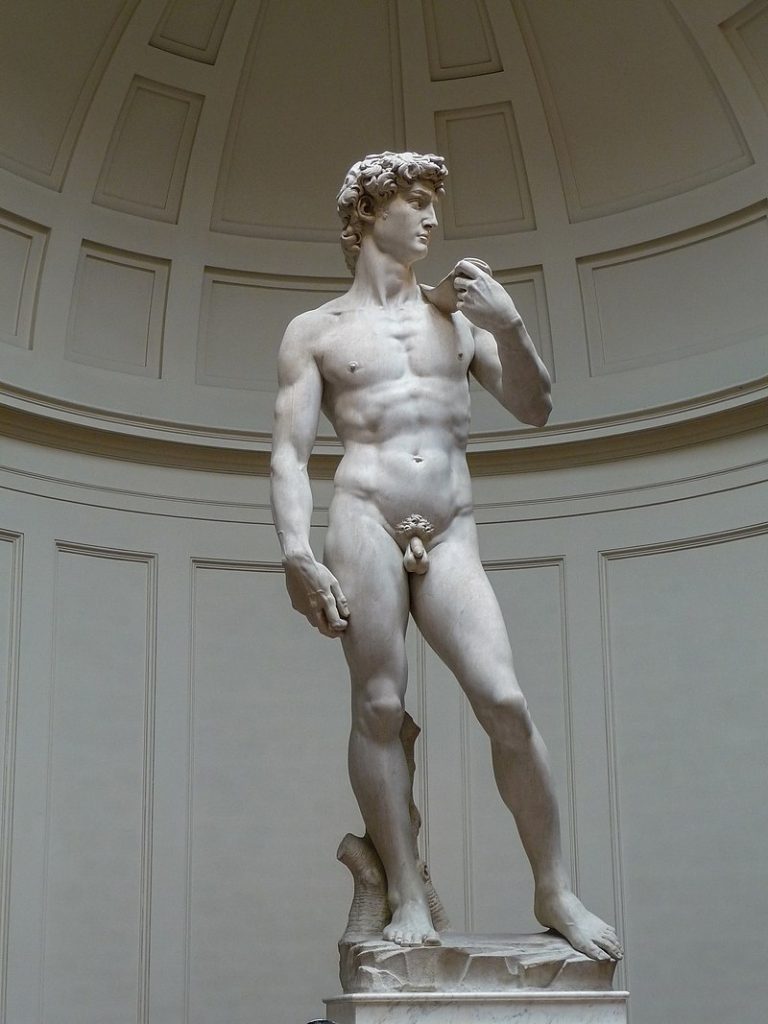
Profound Emotions
In addition to portraying physical realism, Renaissance sculptors also explored the depths of human emotion. Artists infused their works with a wide range of emotions, from joy and triumph to sorrow and anguish. This emotional depth adds a layer of complexity to Renaissance sculptures, inviting viewers to engage on a deeper, more intimate level. For instance, Gian Lorenzo Bernini’s “The Ecstasy of Saint Teresa” conveys a profound sense of spiritual rapture through expressive faces and dynamic composition, eliciting a visceral response from viewers.
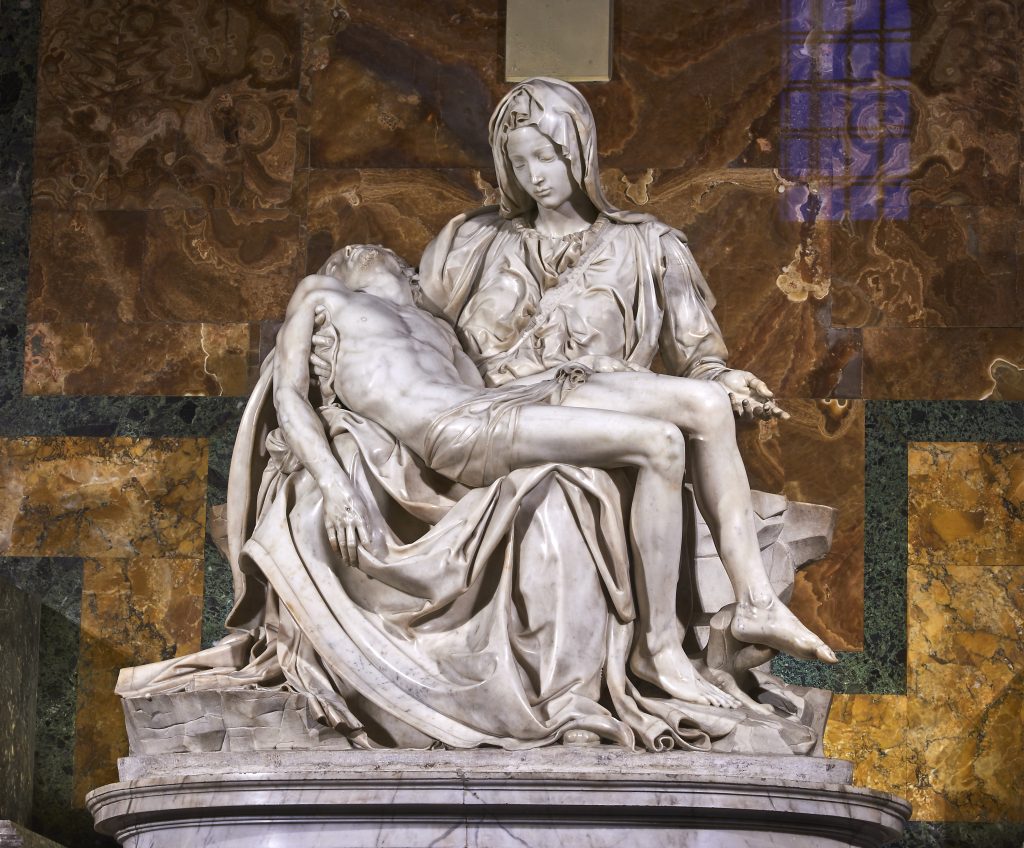
Harmony and Grace – Searching for Ideal Beauty
Central to Renaissance aesthetics is the celebration of idealized beauty. Artists idealized the human form, sculpting figures with harmonious proportions and graceful contours. This reverence for beauty was deeply rooted in classical ideals of perfection, where the human body was regarded as a reflection of divine harmony. Renaissance sculptors often depicted figures with idealized features, embodying timeless notions of beauty and grace. Leonardo da Vinci’s “Vitruvian Man” exemplifies this idealization, presenting a symmetrical and proportionate figure that epitomizes classical ideals of beauty and perfection.
Vital Energy of Movement
Renaissance sculpture is renowned for its dynamic composition and sense of movement. Artists employed techniques such as contrapposto, where figures are depicted in a naturalistic stance with shifting weight, creating a sense of fluidity and motion. This mastery of composition imbued Renaissance sculptures with a sense of dynamism and vitality, capturing fleeting moments in time with remarkable clarity. Donatello’s “David” showcases this dynamic quality, with the figure poised in mid-action, exuding a sense of energy and anticipation.
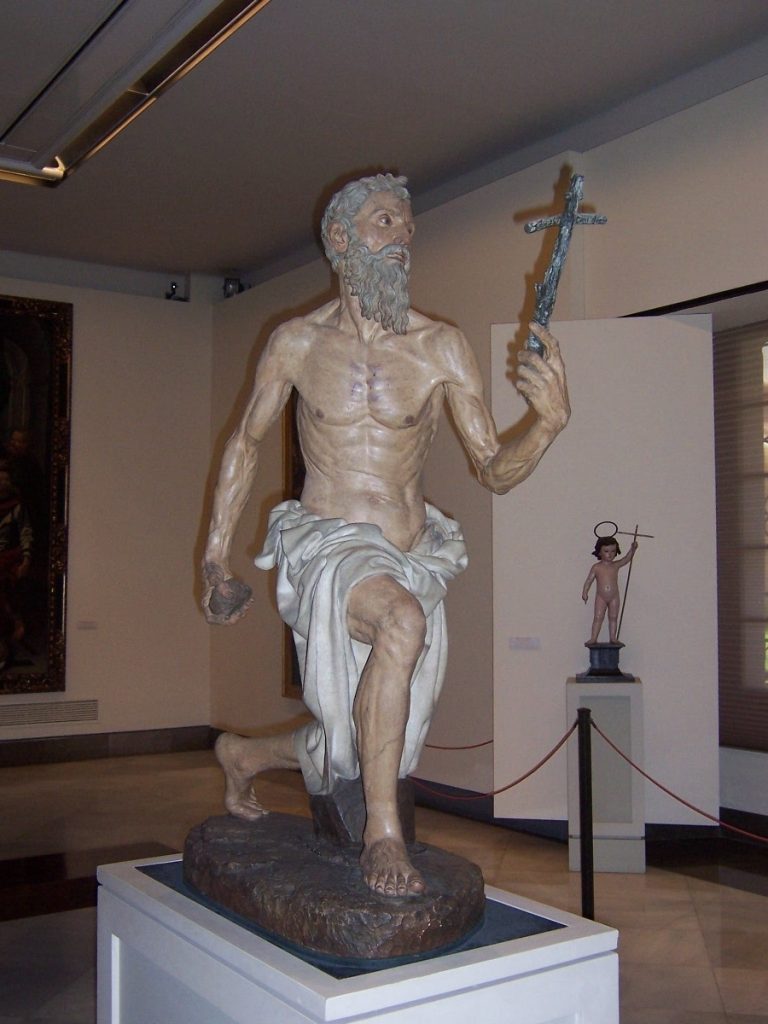
Deeper Layers of Narrative
Many Renaissance sculptures were imbued with narrative elements and symbolic significance, serving as visual allegories or representations of religious, mythological, or historical themes. Artists skillfully conveyed complex narratives through their sculptures, using symbolism and allegory to communicate deeper layers of meaning. Michelangelo’s “Pietà” is a poignant example of this narrative richness, depicting the Virgin Mary cradling the lifeless body of Christ with profound pathos, encapsulating themes of grief, sacrifice, and redemption.
The Essence of Human
At the heart of Renaissance aesthetics lies the humanistic philosophy, which emphasizes the dignity, worth, and potential of the individual. Renaissance sculptures celebrated the human form as a vessel of beauty, intellect, and emotion, reflecting the humanistic ideals of the era. Artists depicted individuals with a sense of individuality and personality, capturing the unique essence of their subjects. This celebration of individualism is evident in works like Donatello’s “Gattamelata,” a monumental equestrian statue that immortalizes the individuality and prowess of its subject, the condottiere Erasmo of Narni.
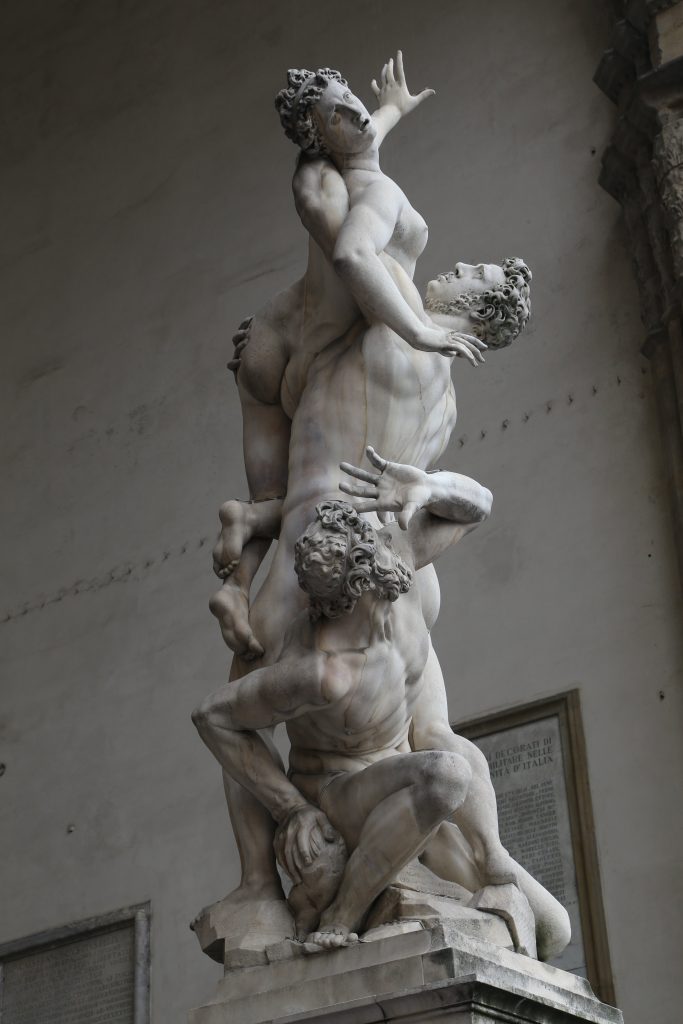
Captivating Legacy of Bygone Era
The aesthetics of Renaissance sculpture represent a pinnacle of artistic achievement, characterized by realism, emotional depth, and a celebration of human beauty. Through meticulous craftsmanship and profound philosophical underpinnings, Renaissance sculptors created timeless masterpieces that continue to captivate and inspire audiences to this day. These sculptures not only embody the aesthetic ideals of their time but also serve as enduring testaments to the enduring power and beauty of the human form.
Renaissance sculpture aesthetics evokes a sense of nostalgia for a bygone era of artistic expression and cultural values. One such characteristic is the profound commitment to realism and naturalism in representing the human form. In today’s digital age, where technology allows for unprecedented levels of realism in virtual representations, the tangible craftsmanship and physicality of Renaissance sculpture are no longer as prevalent.
Another characteristic is the celebration of idealized beauty rooted in classical ideals of perfection. Renaissance sculptors idealized the human form, and while ideals of beauty persist in contemporary society, the specific reverence for classical aesthetics seen in Renaissance sculpture has evolved, giving rise to diverse and inclusive representations of beauty that embrace a wider range of forms and expressions.
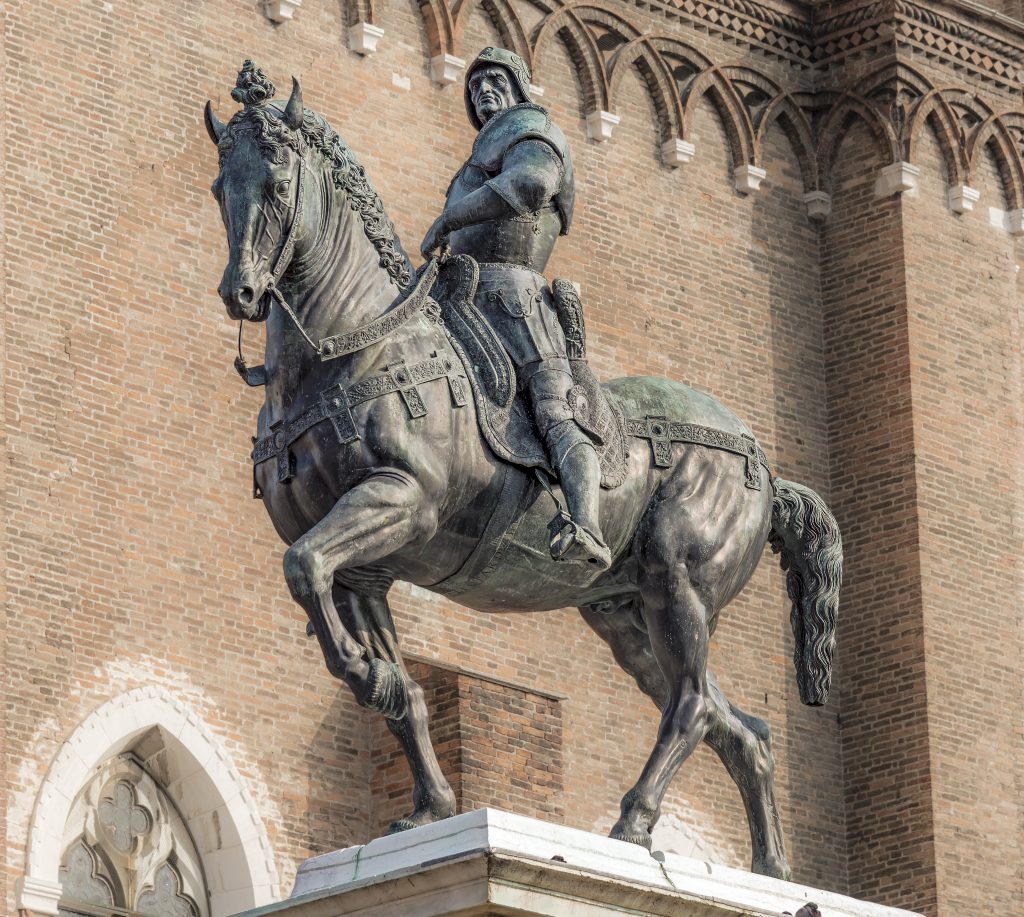
Finally, the profound spiritual and religious significance that permeated Renaissance sculpture is less prominent in contemporary artistic expression. Religion played a central role in shaping cultural and artistic developments during the Renaissance, influencing themes, symbols, and narratives depicted in sculpture. While spirituality and religious themes continue to inspire some contemporary artists, the decline in organized religion’s influence on public life has led to a shift in the cultural landscape, with less emphasis on religious symbolism in artistic expression.
While the legacy of Renaissance sculpture continues to inspire and captivate audiences, its unique characteristics serve as a reminder of a distinct era in art history characterized by its own set of values, ideals, and aesthetic principles.